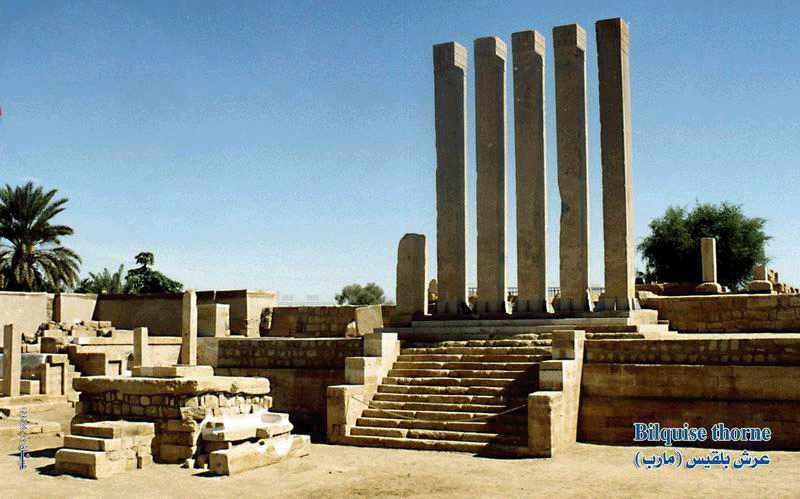History of Yemen
Between 2200 BC and the 6th century AD, Yemen was part of the Sabaean, Awsanian, Minaean, Qatabanian, Hadhramawtian, Himyarite, and several other kingdoms, which controlled the lucrative spice trade. It was known to the ancient Romans as Arabia Felix ("Happy Arabia") because of the riches its trade generated. Augustus attempted to annex it, but the expedition failed.
In the 3rd century and again in the early seventh century, many Sabaean and Himyarite people migrated out of the land of Yemen to North Africa and the northern part of the Arabian Peninsula following the destruction of the Ma'rib Dam (sadd Ma'rib). In the 7th century, Islamic caliphs began to exert control over the area. After the caliphate broke up, the former North Yemen came under the control of imams of various dynasties, usually of the Zaidi sect, who established a theocratic political structure that survived until modern times.
Egyptian Sunni caliphs occupied much of North Yemen throughout the eleventh century. By the sixteenth century and again in the nineteenth century, north Yemen was part of the Ottoman Empire, and during several periods its imams exerted control over south Yemen.
In 1839, the British occupied the port of Aden and established it as a colony in September of that year. They also set up a zone of loose alliances (known as protectorates) around Aden to act as a protective buffer. North Yemen became independent of the Ottoman Empire in 1918 and became a republic in 1962.
In 1967, the British withdrew from Aden. After the British withdrawal, this area became known as South Yemen. The two countries were formally united as the Republic of Yemen on May 22, 1990. Despite the 1994 civil war in Yemen and subsequent events recently in Sada and Hadhramawt, Yemen is still considered a republic country.
www.megatimes.com.br
www.klimanaturali.org
In the 3rd century and again in the early seventh century, many Sabaean and Himyarite people migrated out of the land of Yemen to North Africa and the northern part of the Arabian Peninsula following the destruction of the Ma'rib Dam (sadd Ma'rib). In the 7th century, Islamic caliphs began to exert control over the area. After the caliphate broke up, the former North Yemen came under the control of imams of various dynasties, usually of the Zaidi sect, who established a theocratic political structure that survived until modern times.
Egyptian Sunni caliphs occupied much of North Yemen throughout the eleventh century. By the sixteenth century and again in the nineteenth century, north Yemen was part of the Ottoman Empire, and during several periods its imams exerted control over south Yemen.
In 1839, the British occupied the port of Aden and established it as a colony in September of that year. They also set up a zone of loose alliances (known as protectorates) around Aden to act as a protective buffer. North Yemen became independent of the Ottoman Empire in 1918 and became a republic in 1962.
In 1967, the British withdrew from Aden. After the British withdrawal, this area became known as South Yemen. The two countries were formally united as the Republic of Yemen on May 22, 1990. Despite the 1994 civil war in Yemen and subsequent events recently in Sada and Hadhramawt, Yemen is still considered a republic country.
www.megatimes.com.br
www.klimanaturali.org

